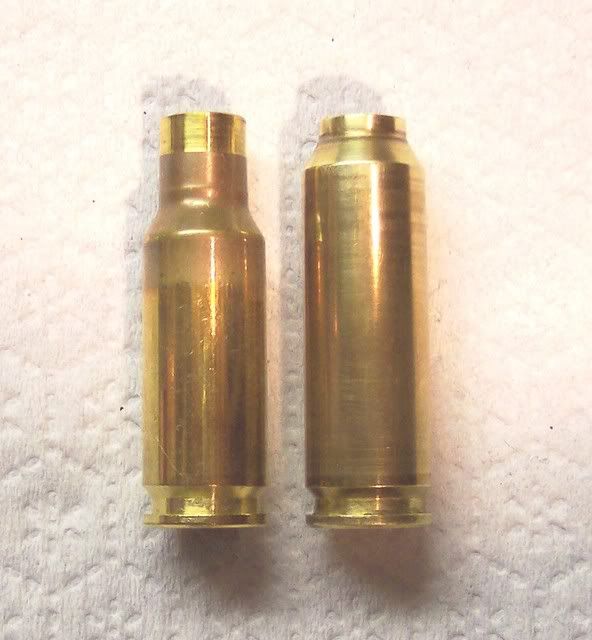Im still trying to figure out why it matters? Its not like youre gonna be able to change it like with a bushing change
Actually, you can change it tremendously. I've tested 5 different neck thicknesses in one barrel by changing the neck.
When I was testing this I used 5 completely different 6BR chambering reamers in a bunch of barrels, all of the reamers have different neck diameters. I also have a couple "uni-throaters" and some neck reamers so's I could (can) try any combination of such. It's a pita but it all CAN be varied

The uni-throater setup is extremely handy because you can make the freebore longer in literally minutes, this way you can (I have) TEST whether or not the bullet startup is strongly affected by entry into the lands.
And given time Kiff will build pretty much any configuration of supported or unsupported reamer one could want. I had no lathe when I tested all this stuff.
Or, if you're as well equipped as (and as good as) Joe Woosman you can reach in and single-point these changes.
As Joe, I've tested necks from .005 to .020 thick, of varying hardnesses as well as super-gluing, epoxying, "cold-welding," crimping and even mechanical interference fits.
And I've got many setups even now with ".000" radial clearance, it's one of my pets. I first heard of "scuff-fit" from Allie E, he used it to good effect. (surprise, surprise

)
To think about:
To duplicate one of my tests, make up a 20" lever with drivers in 1" increments from the fulcrum, use this driver with weights or using a scale to show that it takes 400-550lb of driving force to swage the typical jacketed bullet into the lands, or 5,000-12,000psi, BUT.......increase your freebore incrementally from .000 to .250 to graph whether or not it matters....
((((As an aside, squish some bullets. Find out for yourself what 6000psi, or 60,000psi does to the skinny liddle buggers!))))
BTW when I drop a bullet to the floor from 20" I set it aside.....it's wrecked!...... LOL
I realize all this flies directly in the face of those of you who prefer to argue, but I, like Joe, found the results to be enlightening.
I guess I'm weird..... I'm the kind of guy that, when my Beloved is dying I ask for the DOCTOR in the room, preferring his opinion over all others'....the opinion of the guy who's actually carved living human tissue ..... successfully ..... outweighs all the opinions of the guys who've spent their lives watching ER
I say again, LISSEN to mks
And Joe


